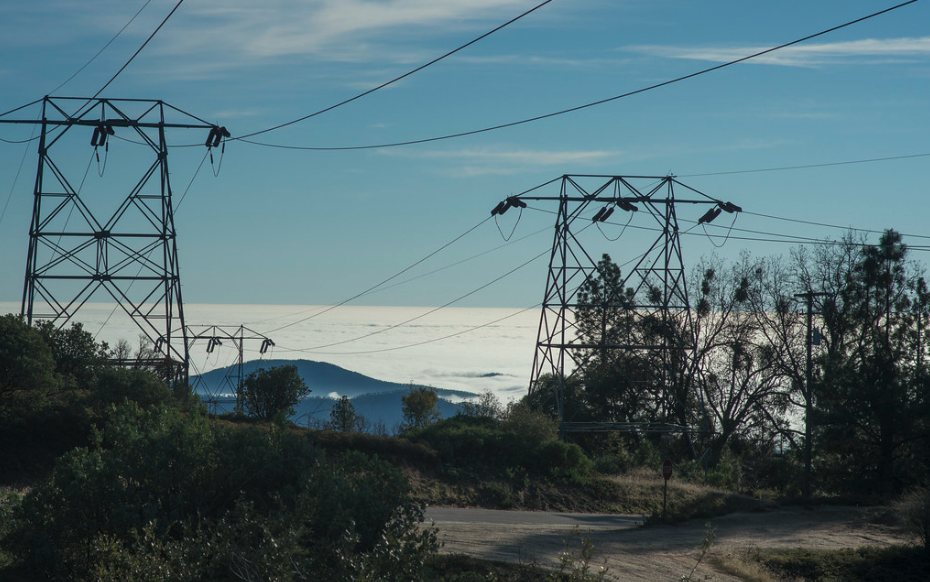
Battery storage deployments on the California ISO (CAISO) grid slowed in the lead-up to the peak summer season, with no new battery energy storage connected in May and only 65MW added in June.
CAISO has published the amount of utility-scale battery storage connected to its grid since August 2021, when it stood at 1,500MW. Since then, with the exception of one month when the operator’s methodology changed, the average monthly deployment has been around 260MW.
Enjoy 12 months of exclusive analysis
- Regular insight and analysis of the industry’s biggest developments
- In-depth interviews with the industry’s leading figures
- Annual digital subscription to the PV Tech Power journal
- Discounts on Solar Media’s portfolio of events, in-person and virtual
But May 2022 saw no new battery storage units connected to the grid while in June only 65MW was added. Low monthly figures have been seen previously, with only 87MW added in November 2021 and 12MW in January 2022, but the latest figures show that CAISO’s expectation that 4,000MW would be online by summer may not be achieved.
Like any data reporting with a complex topic like energy storage, singular figures should not be taken entirely as gospel. CAISO counts battery storage based on those that enter commercial operation with the figure generated at the end of each month.
But sometimes, a unit might be reported to come online before or after it has reached commercial operation, so the monthly figures are subject to change, and CAISO has frequently updated figures after publication (clearly stating so).
The Golden State’s grid is still comparatively better placed with – at last count, 3,124MW as of end June – well over double the battery storage connected compared to last summer. With 1,000-1,500MW connected, battery storage still had a huge role to play in helping CAISO deal with several outages during the Bootleg wildfire of June 9, 2021, as Energy-Storage.news reported.
And, much to the relief of all so far, this summer’s wildfire season has gotten off to a slow start according to CAL FIRE, the California Department of Forestry and Fire Protection. At the end of June, there had been fewer fires and acres burned than the previous five-year average, partially thanks to lower temperatures than expected. But the hottest and least rainy months of the season are July, August and September.






